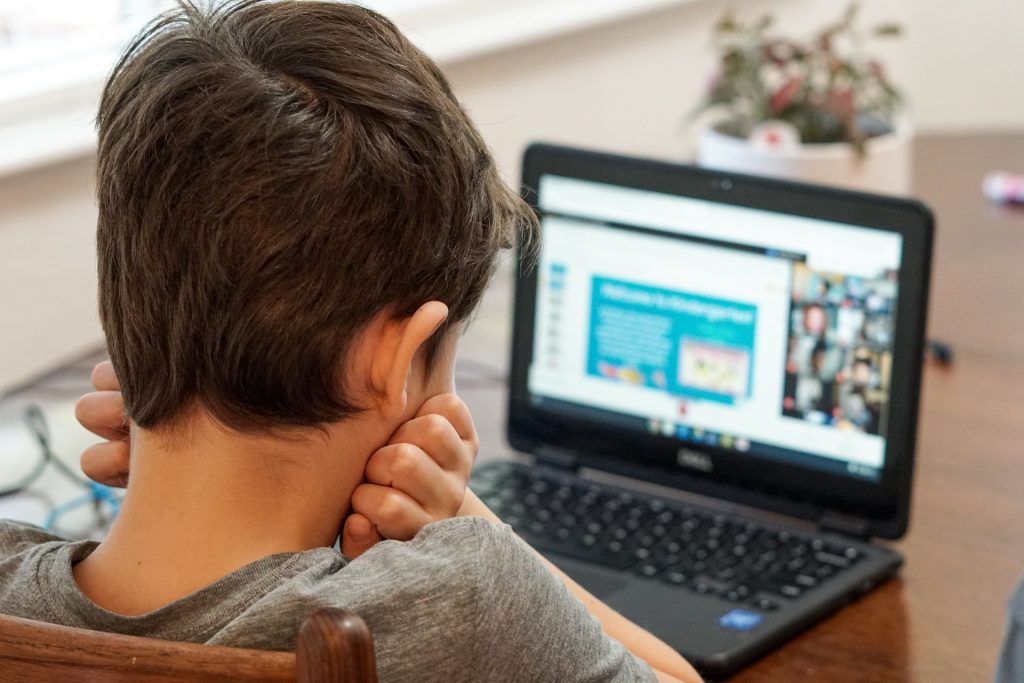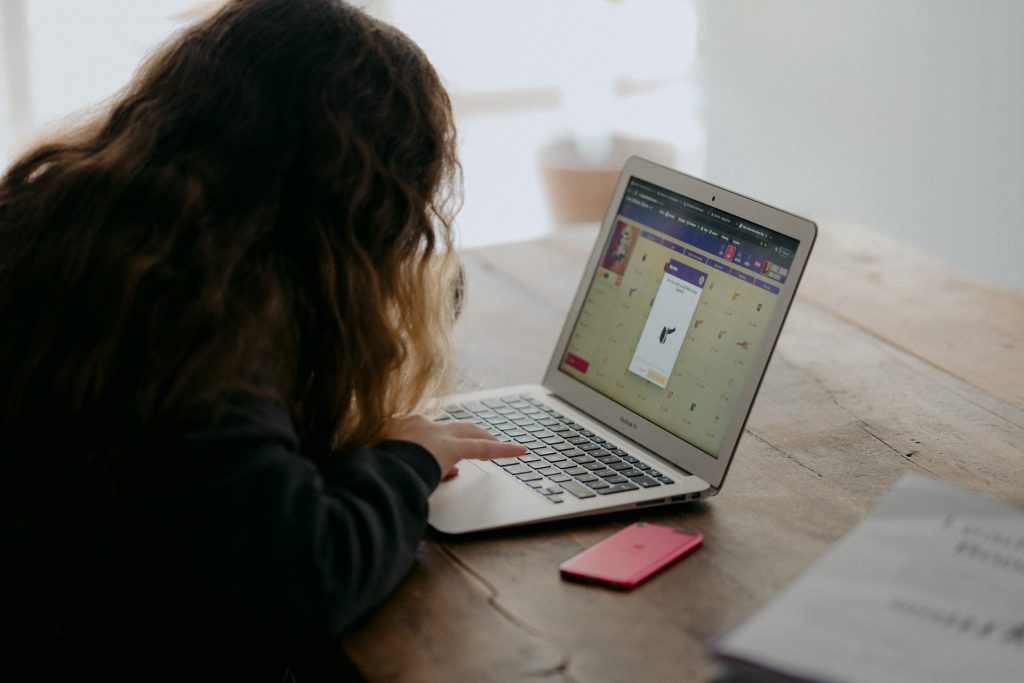Are you looking for ways to motivate students not to cheat? If so, keep reading.
1. Restrict the student’s participation in competitive learning activities.
2. Teach the student appropriate ways in which to deal with anger, frustration, etc., so the student does not feel the need to cheat.
3. Assist the student in accepting the fact that self-improvement is more essential than being the best, “winning,” “beating” someone else, etc., (e.g., improving their own best time in swimming is better than always trying to “beat” someone else, etc.).
4. Prior to beginning a game or task, make sure the student knows the rules, is familiar with the game, knows instructions, etc.
5. Urge the student to take part in less competitive learning activities (e.g., reading, clubs, scouts, student council, etc.).
6. Assist the student in developing self-confidence and satisfaction in personal self-worth and successes by pointing out strengths, emphasizing positive aspects, etc.
7. Address the student’s behavior every time there is a problem with cheating (e.g., when the student cheats, remove them from the situation, and do not let them return, etc.).
8. Address the student’s cheating privately rather than in public.
9. Praise those students in the classroom who do their own work.
10. Do not take action unless you are sure that the student is cheating.
11. Select a peer to model performing their own work for the student.
12. Connect with parents to disseminate information about the student’s progress. The parents may reinforce the student at home for doing their own work at school.
13. Draft an agreement with the student stipulating what behavior is required (e.g., doing their own work) and which reinforcement will be implemented when the agreement has been met.
14. Praise the student for doing their own work based on the duration of time the student can be successful. As the student shows success, slowly increase the duration of time required for reinforcement.
15. Create classroom rules: • Remain on-task. • Remain in your seat. • Finish tasks. • Meet task expectations. • Raise your hand. Examine rules often. Praise students for following the rules.
16. Converse with the student to explain (a) what the student is doing wrong (e.g., cheating, copying, etc.) and (b) what the student should be doing (i.e., their own work).
17. Assess the appropriateness of the task to ascertain (a) if the task is too complicated and (b) if the duration of time scheduled to finish the task is sufficient.
18. Praise the student for doing their own work: (a) give the student a concrete reward (e.g., privileges such as leading the line, handing out learning materials, 10 minutes of free time, etc.) or (b) give the student an informal reward (e.g., praise, handshake, smile, etc.).
19. Consider using an adaptive behavior management app. Click here to view a list of apps that we recommend.
20. Click here to learn about six bonus strategies for challenging problem behaviors and mastering classroom management.
21. Consider using AI to stop student cheating.











